Chemical Reactions, Pharaoh’s Serpent
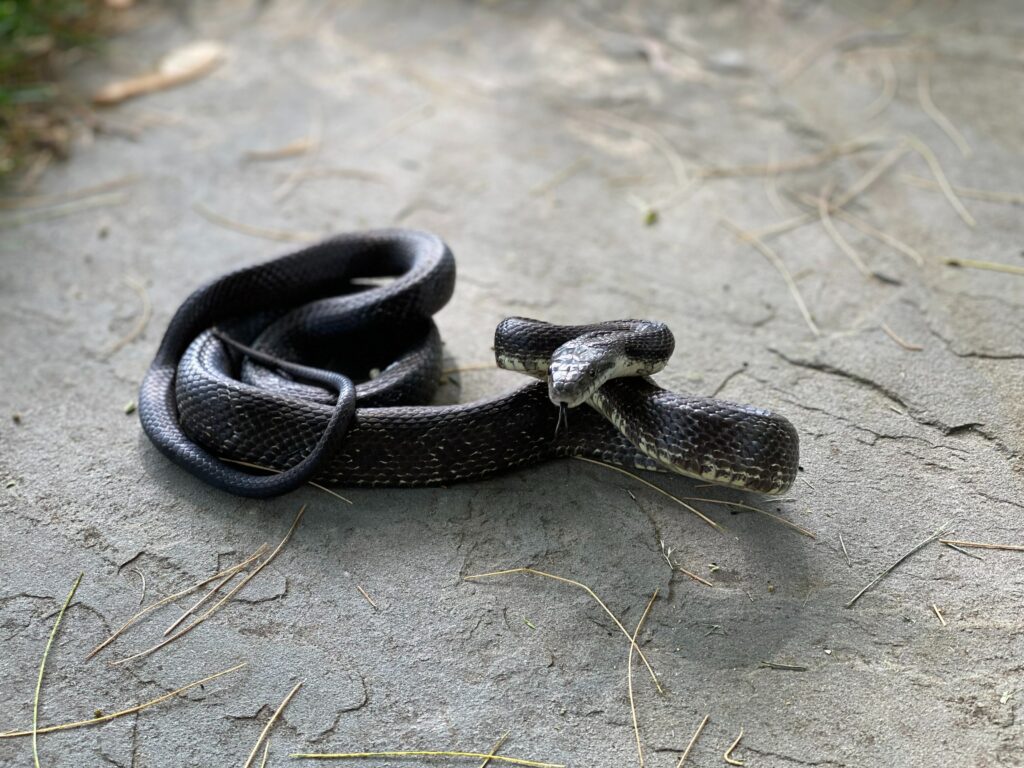
Black snake is a term that can refer to two similar types of fireworks, the pharaoh’s snake and the sugar snake. “Pharaoh’s Serpent” or “Pharaoh’s Serpent” is the original version of the black snake experiment. It produces a more impressive snake, but its execution relies on mercury(II) thiocyanate, which is no longer in common use due to its toxicity. For a “sugar snake,” baking soda and sugar are commonly used chemicals.
During the experiment a long carbon structure in the shape of a snake is formed. Once ignited, both fireworks emit smoke and spew ash resembling a snake through an intumescent reaction, these remain on the ground and do not emit sparks, flares, projectiles or sound.
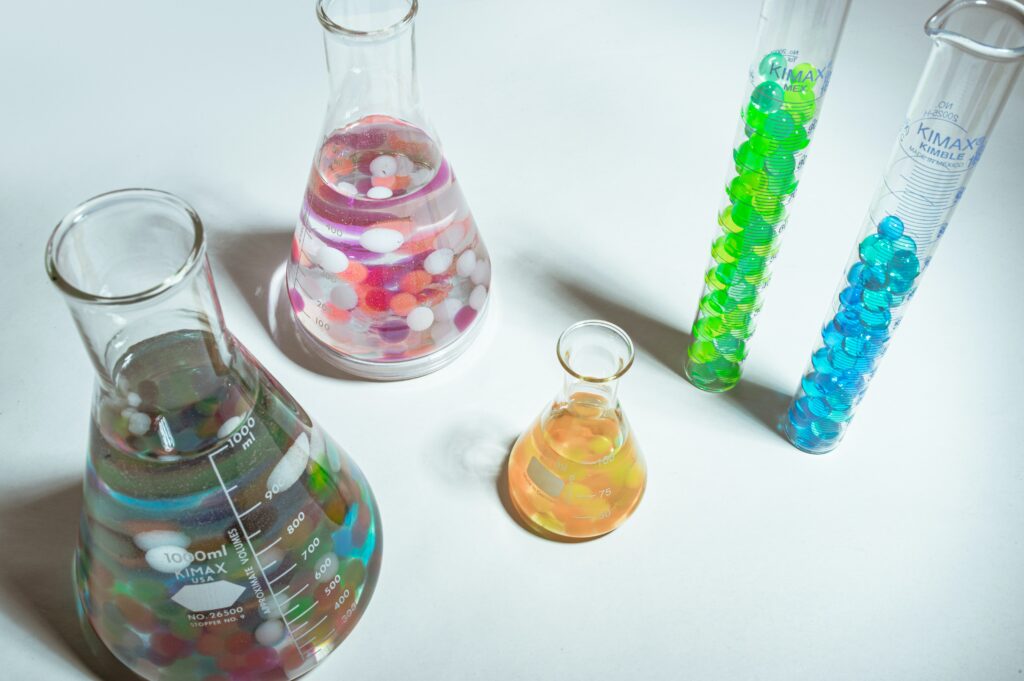
This reaction was discovered by Wöhler in 1821, shortly after the first synthesis of mercuric thiocyanate. It was described as coming out of itself at the same time, worm-like processes, many times its previous volume, of a very light material the color of graphite. For some time, a fireworks product called “Pharaoschlangen” was available to the public in Germany, but it was eventually banned when the toxic properties of the product were discovered through the deaths of several children who had mistakenly consumed the resulting solid.
What do you think if we get into action and try it ourselves? Let’s look at how chemical reactions interact.
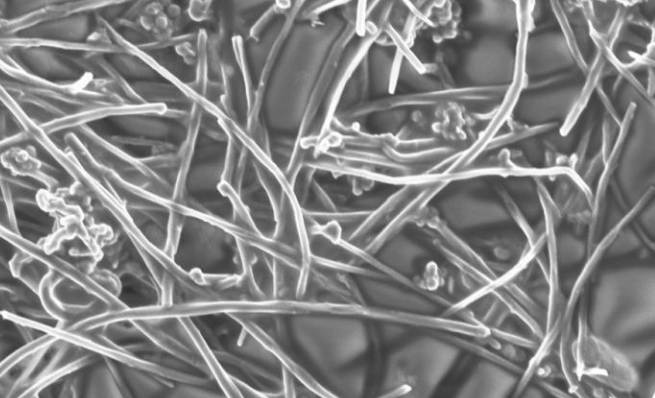

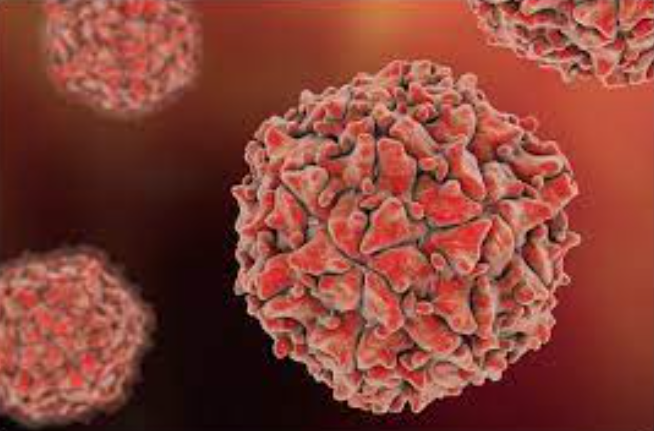
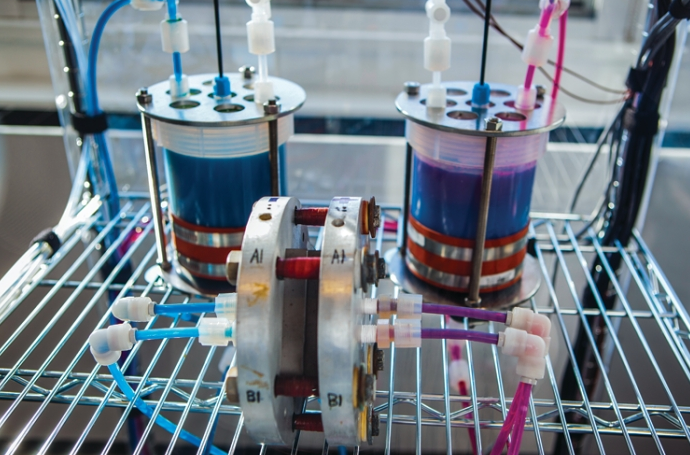

Responses